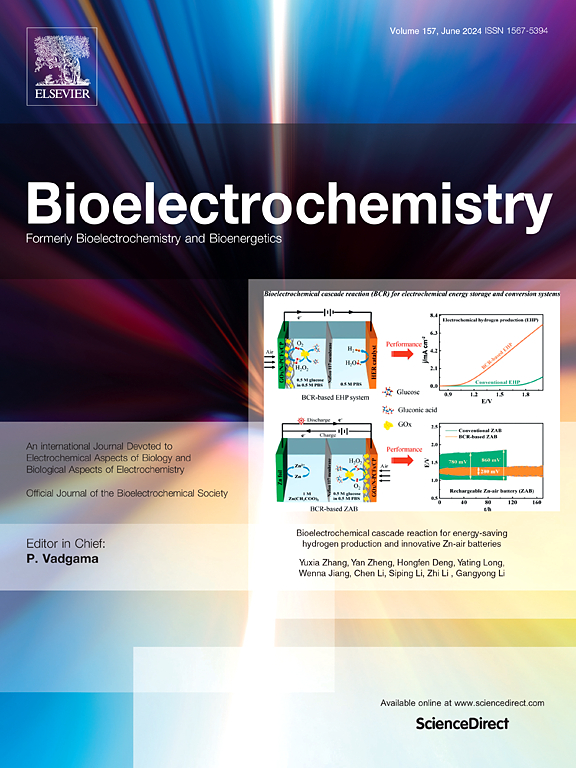Sex-specific regulation of microglial MyD88 in HMGB1-Induced anxiety phenotype in mice
IF 3.6
2区 医学
Q1 NEUROSCIENCES
引用次数: 0
Abstract
Stress is a significant risk factor for the development and recurrence of anxiety disorders. Stress can profoundly impact the immune system, and lead to microglial functional alterations in the medial prefrontal cortex (mPFC), a brain region involved in the pathogenesis of anxiety. High mobility group box 1 protein (HMGB1) is a potent pro-inflammatory stimulus and danger-associated molecular pattern (DAMP) released from neuronal and non-neuronal cells following stress. HMGB1 provokes pro-inflammatory responses in the brain and, when administered locally, alters behavior in the absence of other stressors. In this study, we administered dsHMGB1 into the mPFC of male and female mice for 5 days to investigate the cellular and molecular mechanisms underlying HMGB1-induced behavioral dysfunction, with a focus on cell-type specificity and potential sex differences. Here, we demonstrate that dsHMGB1 infusion into the mPFC elicited behavior changes in both sexes but only altered microglial morphology robustly in female mice. Moreover, preventing microglial changes with cell-specific ablation of the MyD88 pathway prevented anxiety-like behaviors only in females. These results support the hypothesis that microglial MyD88 signaling is a critical mediator of HMGB1-induced stress responses, particularly in adult female mice.
hmgb1诱导小鼠焦虑表型中小胶质细胞MyD88的性别特异性调控
压力是焦虑障碍发生和复发的重要危险因素。压力可以深刻地影响免疫系统,并导致内侧前额叶皮层(mPFC)的小胶质细胞功能改变,mPFC是一个参与焦虑发病机制的大脑区域。高迁移率组框1蛋白(HMGB1)是神经细胞和非神经细胞在应激后释放的一种有效的促炎刺激和危险相关分子模式(DAMP)。HMGB1在大脑中引起促炎反应,当局部使用时,在没有其他压力源的情况下改变行为。在这项研究中,我们将dsHMGB1注入雄性和雌性小鼠的mPFC 5天,研究hmgb1诱导行为功能障碍的细胞和分子机制,重点研究细胞类型特异性和潜在的性别差异。在这里,我们证明dsHMGB1输注到mPFC引起了两性的行为改变,但只在雌性小鼠中强烈地改变了小胶质细胞的形态。此外,通过细胞特异性消融MyD88通路来预防小胶质细胞的变化,仅在女性中阻止了焦虑样行为。这些结果支持了小胶质细胞MyD88信号是hmgb1诱导的应激反应的关键介质的假设,特别是在成年雌性小鼠中。
本文章由计算机程序翻译,如有差异,请以英文原文为准。
求助全文
约1分钟内获得全文
求助全文
来源期刊

Neurobiology of Stress
Biochemistry, Genetics and Molecular Biology-Biochemistry
CiteScore
9.40
自引率
4.00%
发文量
74
审稿时长
48 days
期刊介绍:
Neurobiology of Stress is a multidisciplinary journal for the publication of original research and review articles on basic, translational and clinical research into stress and related disorders. It will focus on the impact of stress on the brain from cellular to behavioral functions and stress-related neuropsychiatric disorders (such as depression, trauma and anxiety). The translation of basic research findings into real-world applications will be a key aim of the journal.
Basic, translational and clinical research on the following topics as they relate to stress will be covered:
Molecular substrates and cell signaling,
Genetics and epigenetics,
Stress circuitry,
Structural and physiological plasticity,
Developmental Aspects,
Laboratory models of stress,
Neuroinflammation and pathology,
Memory and Cognition,
Motivational Processes,
Fear and Anxiety,
Stress-related neuropsychiatric disorders (including depression, PTSD, substance abuse),
Neuropsychopharmacology.
 求助内容:
求助内容: 应助结果提醒方式:
应助结果提醒方式:


